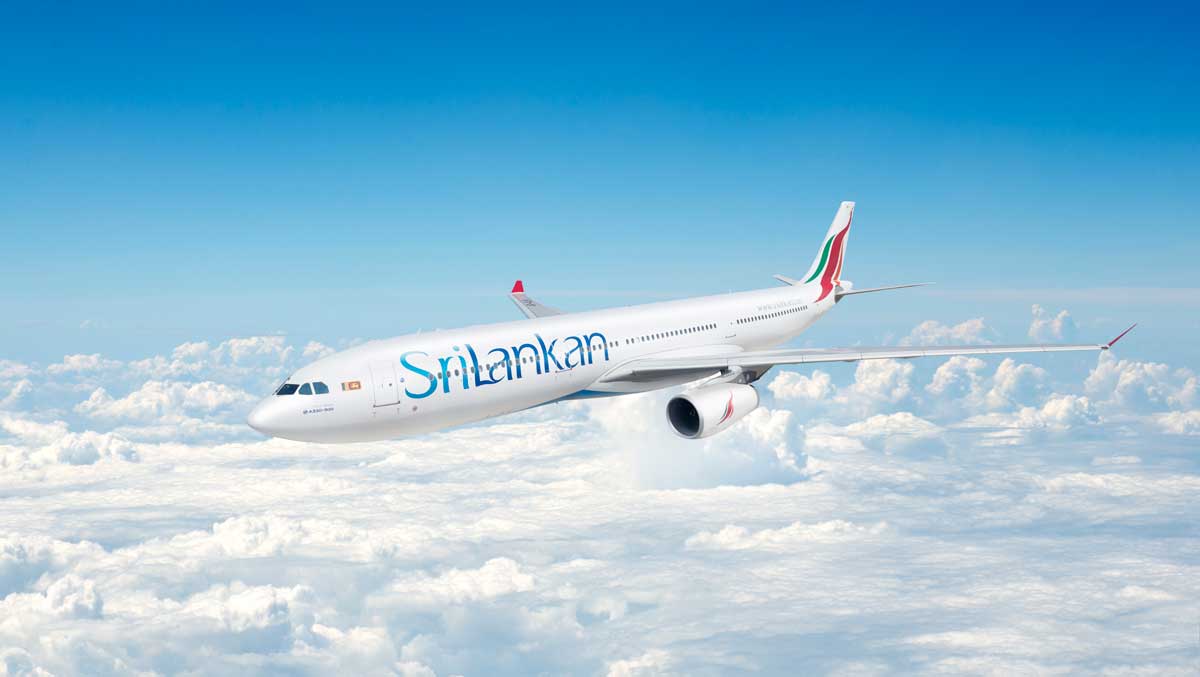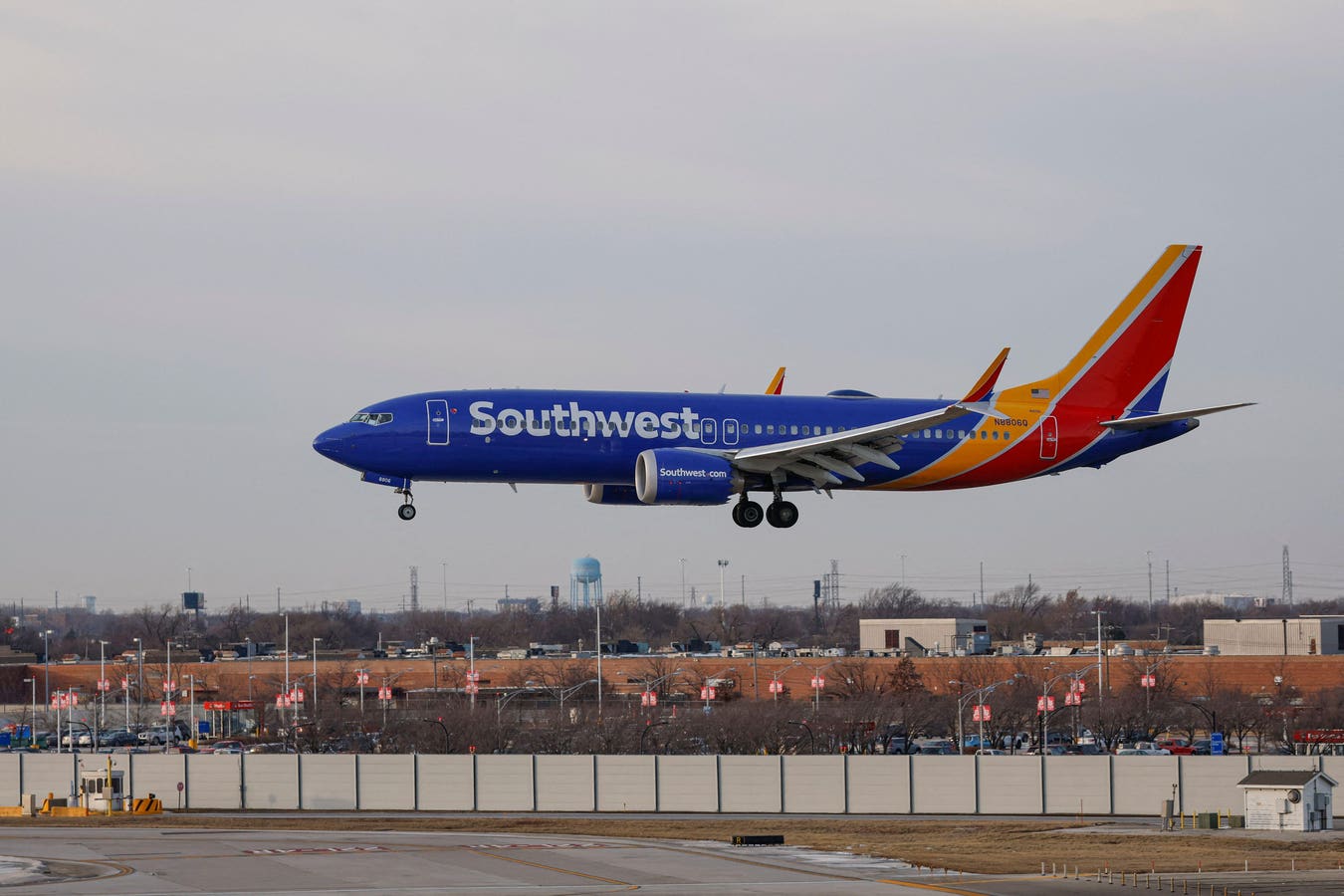ECONOMYNEXT – State-run SriLankan Airlines has reported a 79 billion rupee profit in the first nine months of 2023, official data showed, with exchange gains adding to the bottom line as the central bank stopped mis-targeting rates.
SriLankan and other state enterprises like the Ceylon Electricity Board and Ceylon Petroleum Corporation that have large dollar borrowings, which trigger book losses when the central bank cuts rates with inflationary open market operations and depreciates the currency.
In addition, costs also zoom up as the currency depreciates, driving operational losses if sales are denominated in domestic currency, driving operational losses.
Though some of the profits came from exchange gains, revenues grew 27 percent to 238.9 billion rupees, while expenditure grew at a slower rate of 7.9 percent to 207.5 billion rupees, giving an operating profit of 31.4 billion rupees, against a loss of 4.4 billion rupees last year, Finance Ministry report showed.
SriLankan Airlines had lost 74.6 billion rupees last year amid an economic crisis. In 2022 ex-Colombo ticket prices zoomed amid fuel shortages, and has been gradually coming down
SriLanka’s currency has depreciated from 4.70 to 330 to the US dollar after a central bank was set up abolishing a currency board, driving trade controls and exchange controls and later social unrest and out migration.’
From the 1980s the country started to run un-anchored monetary policy after the International Monetary Funds ‘Second Amedment’ of articles left the central bank without a sound monetary anchor.
Since then various ad hoc regimes which defy laws of nature described by classical economists have been operated as the country lacked a doctrine of sound money.
The country defaulted in 2022 after printing money for growth (potential output targeting) and flexible inflation targeting the latest ad hoc monetary regime that is peddled to countries that are defaulting.
Sri Lanka’s SOEs collectively suffered the biggest loss in their history last year after a float of the currency after rate-mistargeting failed due to a surrender rule amid inflationary open market operations to enforce a bureaucratically decided policy rate.
READ MORE
Sri Lanka top five SOEs lose Rs931bn amid monetary instability
Sri Lanka, world’s poor suffers from Fed’s accidental discovery: Bellwether
G-sec backed open market operations (which allowed inflationists to blame deficits for monetary instability) was accidentally invented by the Federal Reserve.
The bureaucratic policy rate was formalized by the Federal Reserve on April 13, 1923, which later triggered the great depression and academic inflationism in the form of Keynesianism (Cambridge economics) as a knee jerk reaction and the revival of John Law policies as ‘macro-economic policy’ under various labels including potential output targeting, critics say.
Under an IMF backed monetary law, potential output targeting (printing money for growth) is now part of the island’s monetary law. (Colombo/Nov17/2023)



